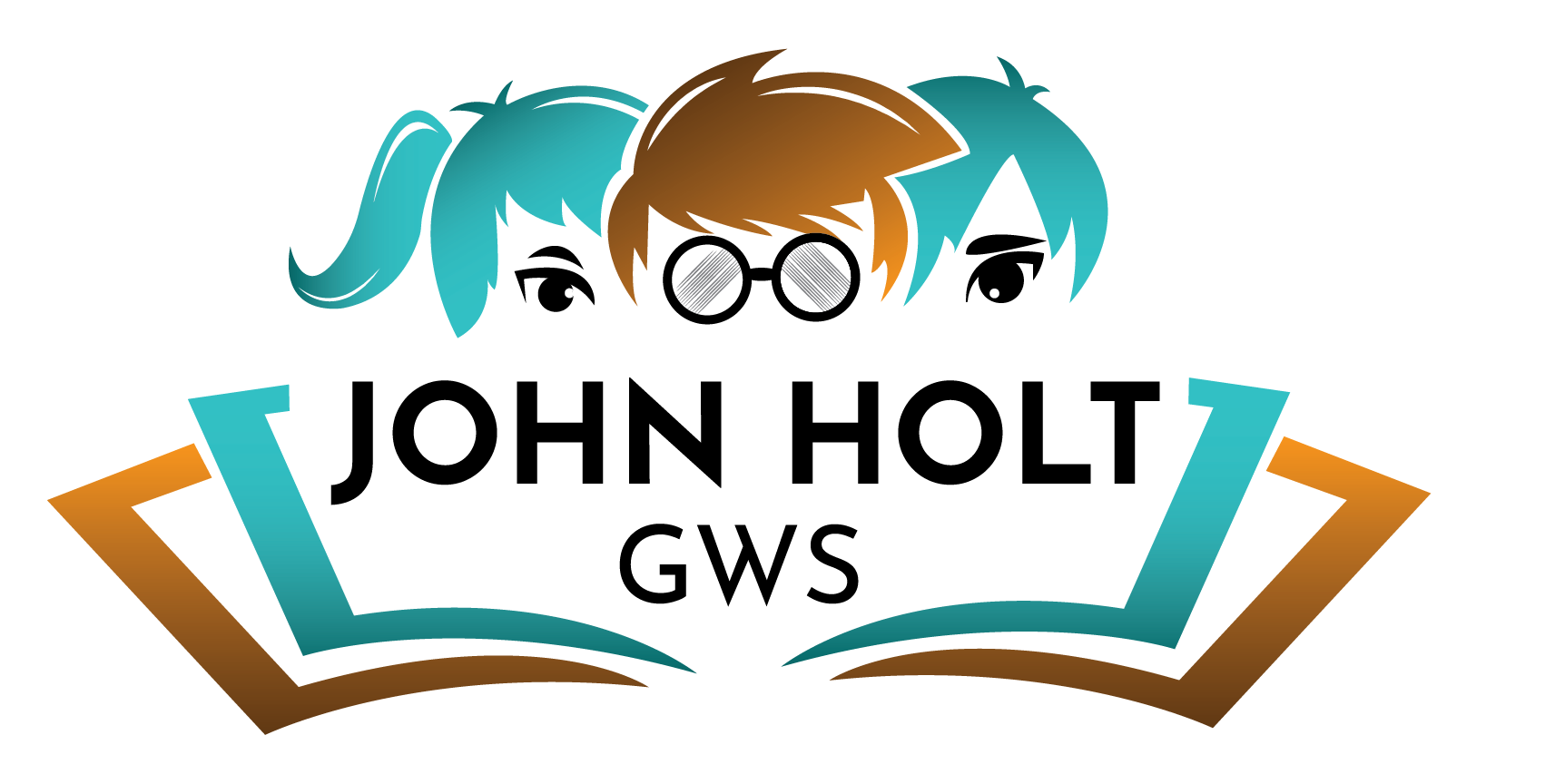Sudbury Valley School and Unschoolers: We Are Closer Than You Think
The divisive nature of our culture and politics has made everything hard to discuss without falling into absolutist positions, but I was particularly disappointed when I read Dan Greenberg’s essay “Let’s Be Clear: Sudbury Valley Schools and Unschooling Have NOTHING in Common.” Greenberg writes:
This essay has been prompted by a feeling of frustration that has finally led me to sit down and face an unpleasant reality: too many people think we are basically an ‘un-schooling’ institution with some sort of added twist.
Greenberg’s frustration being associated with unschooling is hard for me to understand because, though unschooling is not a school and Sudbury Valley is a school, there are many common denominators in our motives and goals. I met and spoke with Dan Greenberg several times over the years and he was quite clear that he thinks homeschooling makes parents and children too dependent on each other (“When will they learn to leave mommy?”), so I was not surprised that he writes so negatively about unschooling in his essay. My first reaction was to refute his arguments point by point. However, I now think it is better to talk about the relationship between SVS and unschooling in order to get past this divide.
In 1991, Growing Without Schooling (GWS, issue 81) started selling Dan’s book [Free At Last] and published a review of it (reproduced at the end of this post). That same year Dan and I were fellow speakers at John Gatto’s event at Carnegie Hall, The Exhausted School, along with other alternatives to conventional schooling. Around this time, Dan contacted me because we were selling many copies of Free At Last and, since John Holt died in 1985, he wanted to learn more about Holt Associates/GWS. We had an enjoyable lunch, and though Dan made it clear he didn’t care for homeschooling he didn’t have a problem with our audience being inspired by his book, and we continued to sell it for many years. When SVS published a study of how its graduates turned out, we sold that book too.
At GWS we also sold books about people who adapted the Montessori method for their homes, teachers who worked with children in innovative ways (the authors George Dennison and James Herndon were particular favorites of Holt), books about teaching and learning by Herb Kohl, Frank Smith, and other educators whose work complements and supports children’s self-directed learning. More recently, Dr. Peter Gray’s book, Free to Learn, puts many current efforts at self-directed education into a coherent narrative that shows the connections among them. I continue to share stories and research about all the ways meaningful learning happens for people outside of, or despite, conventional schooling.
Not everyone wants to unschool or homeschool their children, and not everyone wants to send their children to a Sudbury Valley School. Further, the boundaries of the alternative education spectrum are porous and many families cross those boundaries as they see fit. Interest in human-based alternatives to conventional schooling continues to grow and we can learn from one another as we support people’s freedom to learn in their own ways. Combined, the total population of homeschoolers and alternative schoolers is probably less than 5% of the total school-age population, so I think it is more important for us to find commonalities and build alliances than it is to remain aloof.
Free at Last: The Sudbury Valley School (Reviewed in Growing Without Schooling 81) At the front of Daniel Greenberg’s book about the alternative school he and several others founded in 1968, there is a quotation from Tolstoy that reflects a view often expressed in GWS—that children ought to be allowed the freedom to learn in their own way and in their own time.
Tolstoy's question, whether "school based on students' freedom of choice will be established even a hundred years from now," is still, sadly, in doubt. Many of us homeschool to allow our children the freedom of choice, and the Sudbury Valley School is founded on the same idea.
Even though Free At Last isn't about homeschooling there is enough in it of value to homeschoolers to make me want to recommend it. I remember reading Summerhill in college, and how it started me on the road to homeschool; this is a book that could be influential in the same way. I think a lot of us first investigated the alternative-school movement before coming to homeschooling. It is worthwhile for us to look at the successes and get a glimpse into the lives of some of the kids at Sudbury Valley, just as we enjoy reading about other homeschoolers. In some ways these students are even freer than homeschoolers to learn as they please, since they are not subjected to review by outsiders as most of us are. Their no-curriculum policy is not subverted even by curriculum-on-paper-only, or by testing. A lot of the ideas discussed in Free At Last—responsibility, authority, children 's rights, age mixing, credentials, apprenticeships—are common themes in GWS.
The chapter on math was particularly enlightening to me. Every once in a while Daniel Greenberg would break down under pressure from the kids to teach them math. The first time it happened they found a math primer from 1898 and were able to cover six years of math in twenty hours. "It's never taken much more than that ever since," Greenberg writes. He has more to say on why this is so.
I also enjoyed reading about the kids who, over the years, came to make fishing in the school's pond their main educational focus—day after day, rain or shine. As you can guess, these children are not fishing there still, but have gone on to successful adult lives. But to me the fishing stories just make me ache for my own lost youth—can you imagine anything freer? —Claudia Brosnan
